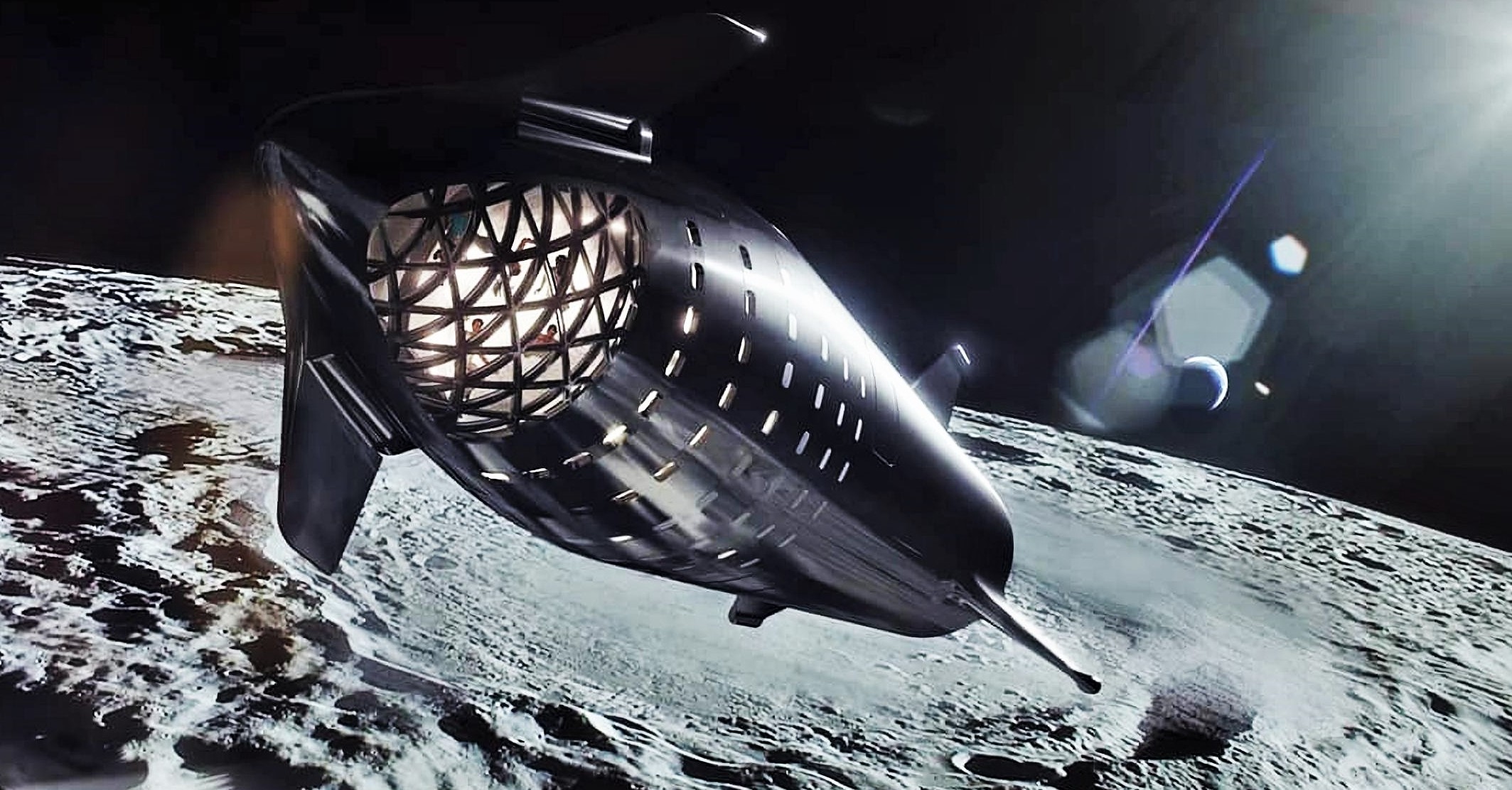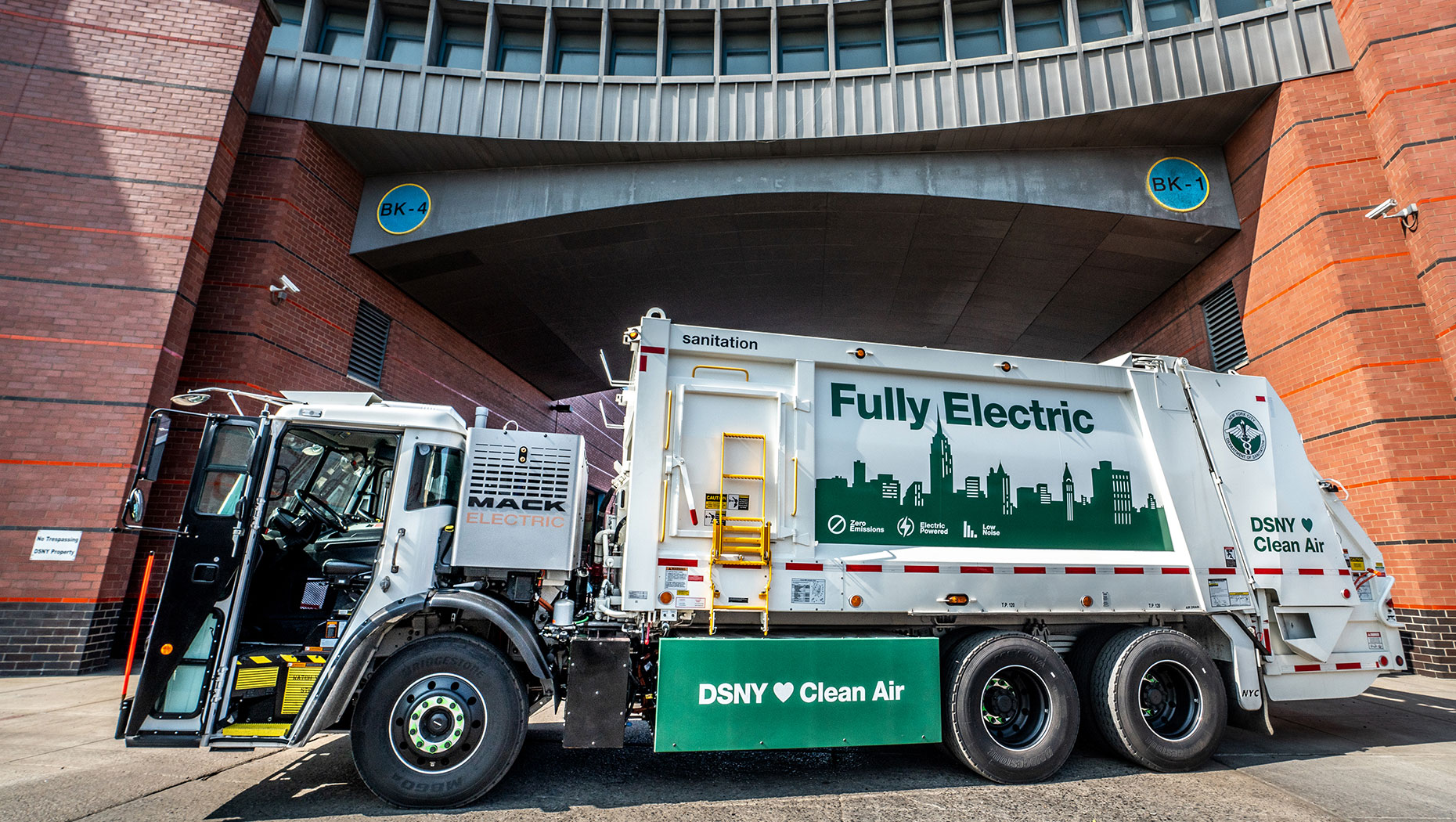Introduction: The Blue Marlin as a Catalyst for Sustainable Development
The launch of the world’s first hybrid solar cargo ship, the Blue Marlin, in Germany represents a significant milestone in sustainable maritime transport. This vessel’s innovative design directly addresses several United Nations Sustainable Development Goals (SDGs) by integrating renewable energy, enhancing industrial innovation, and promoting climate action. Its operation on Germany’s inland waterways serves as a practical model for decarbonizing the shipping industry and advancing a global green agenda.
Technological Innovations and Alignment with SDG 7 and SDG 9
Hybrid Solar-Electric Propulsion System
The Blue Marlin’s core innovation is its advanced power system, which makes substantial contributions to SDG 7 (Affordable and Clean Energy) and SDG 9 (Industry, Innovation, and Infrastructure). Key components include:
- Solar Array: 192 solar panels capable of generating up to 35 kilowatts, providing clean energy directly to the ship’s propulsion and onboard systems.
- Diesel-Electric Backup: Four diesel generators ensure operational reliability in all weather conditions, creating a resilient hybrid model.
- Direct Solar Propulsion: Unlike previous designs where solar power was auxiliary, the Blue Marlin can operate exclusively on solar energy for short durations under favorable conditions, such as downstream travel with a light load.
Advanced Energy Management and Efficiency
An automated energy management system optimizes power distribution, a critical feature for advancing SDG 7. This system enhances efficiency through:
- Automated Power Distribution: The system intelligently allocates energy where it is most needed, minimizing fuel consumption and waste.
- Peak Shaving Technology: During periods of high energy demand, the vessel draws from solar and battery reserves rather than activating additional diesel generators. This strategy reduces emissions and fuel costs, directly supporting SDG 13 (Climate Action).
Environmental Impact and Contribution to Climate Action (SDG 13)
Significant Reduction in Carbon Emissions
The Blue Marlin provides a quantifiable impact on climate change mitigation efforts. Its solar array is projected to generate up to 37,500 kilowatt-hours of electricity annually. This clean energy production will prevent approximately 79,000 pounds (35.8 metric tons) of CO₂ emissions each year, marking a direct and measurable contribution to SDG 13 (Climate Action).
Future-Proof Design for a Greener Future
The vessel’s hybrid diesel-electric system is engineered for future adaptability. It is designed to accommodate cleaner fuels as they become commercially available, ensuring the ship remains at the forefront of sustainable technology and continues to align with the long-term objectives of SDG 7 and SDG 13.
Broader Implications for Sustainable Goals
Enhancing Sustainable Infrastructure and Communities (SDG 9 & SDG 11)
The Blue Marlin is specifically designed for inland navigation, supporting the development of sustainable infrastructure.
- Vessel Specifications: Measuring approximately 282 feet in length with a shallow draft of 3 feet 7 inches, it is optimized for Germany’s canal network.
- Contribution to SDG 11: By providing a cleaner mode of transport, the ship helps reduce air and noise pollution in and around cities and communities along waterways, contributing to SDG 11 (Sustainable Cities and Communities).
- Technological Advancement: The integration of SEAFAR remote navigation technology enhances operational safety and efficiency, furthering the goals of SDG 9 by modernizing transport infrastructure.
Promoting Responsible Production and Consumption (SDG 12)
The vessel’s operational model promotes more sustainable supply chains, a key target of SDG 12 (Responsible Consumption and Production). Its modular design allows it to connect with push barges, enabling the efficient transport of up to 3,430 short tons of bulk goods. By reducing the carbon footprint of cargo transport, the Blue Marlin helps integrate sustainability into the entire production and consumption lifecycle.
Conclusion: A Model for Global Sustainable Transport
The Blue Marlin is more than a technological achievement; it is a functional proof of concept that environmental responsibility and high-performance logistics can be successfully integrated. By aligning with key Sustainable Development Goals—notably SDG 7, SDG 9, SDG 11, SDG 12, and SDG 13—the vessel offers a scalable and inspirational blueprint for the future of global cargo transport, demonstrating a viable pathway toward a cleaner, more sustainable shipping industry.
Analysis of Sustainable Development Goals in the Article
1. Which SDGs are addressed or connected to the issues highlighted in the article?
The article on the Blue Marlin hybrid solar cargo ship addresses several Sustainable Development Goals (SDGs) by showcasing advancements in sustainable technology and environmental responsibility within the shipping industry. The following SDGs are relevant:
- SDG 7: Affordable and Clean Energy: The core of the article focuses on the ship’s use of solar power, a clean and renewable energy source, to power its propulsion and onboard systems.
- SDG 9: Industry, Innovation, and Infrastructure: The Blue Marlin represents a significant innovation in the cargo transport industry and an upgrade to sustainable infrastructure. It integrates advanced solar technology, automated energy management, and remote navigation systems.
- SDG 11: Sustainable Cities and Communities: By operating on Germany’s inland waterways and canal network, the ship contributes to creating more sustainable transport systems for goods, which reduces the environmental impact of logistics supporting cities and communities.
- SDG 13: Climate Action: A primary outcome of the ship’s technology is the direct reduction of CO₂ emissions, which is a crucial measure for climate change mitigation.
2. What specific targets under those SDGs can be identified based on the article’s content?
Based on the article’s description of the Blue Marlin’s technology and impact, several specific SDG targets can be identified:
- Target 7.2: “By 2030, increase substantially the share of renewable energy in the global energy mix.”
- The article highlights that the Blue Marlin integrates a solar energy system with 192 panels, which supplies electricity “directly to the ship’s propulsion system.” This directly increases the share of renewable energy used in the vessel’s operation.
- Target 7.3: “By 2030, double the global rate of improvement in energy efficiency.”
- The ship employs an “automated energy management system” that “reduces unnecessary fuel use.” Furthermore, its use of “peak shaving” by drawing on solar and battery reserves instead of starting extra generators is a clear strategy to improve energy efficiency.
- Target 9.4: “By 2030, upgrade infrastructure and retrofit industries to make them sustainable, with increased resource-use efficiency and greater adoption of clean and environmentally sound technologies and industrial processes…”
- The Blue Marlin is a prime example of this target. It is a piece of upgraded infrastructure for the shipping industry that adopts clean technology (solar panels) and environmentally sound processes (hybrid diesel-electric system) to achieve greater efficiency and sustainability.
- Target 11.2: “By 2030, provide access to safe, affordable, accessible and sustainable transport systems for all…”
- While focused on cargo, the ship represents a move towards a “sustainable transport system” for goods. The article states it is “paving the way for cleaner, more efficient movement of goods along Germany’s waterways.”
- Target 13.2: “Integrate climate change measures into national policies, strategies and planning.”
- The development and launch of the Blue Marlin is a practical implementation of a climate change mitigation strategy within the shipping sector. The article notes that the vessel “stands as a practical example of cleaner shipping solutions” and offers “lessons and inspiration for the future of cargo transport,” implying its role in broader strategic planning for climate action.
3. Are there any indicators mentioned or implied in the article that can be used to measure progress towards the identified targets?
Yes, the article provides several specific quantitative and qualitative indicators that can be used to measure progress:
- Renewable Energy Generation: The article states that the ship’s solar array can generate “up to 37,500 kilowatt-hours of electricity” annually. This is a direct indicator for Target 7.2.
- CO₂ Emission Reduction: A key performance indicator mentioned is that the ship’s solar output “helps prevent about 79,000 pounds of CO₂ emissions annually.” This directly measures progress for climate action (SDG 13) and reducing the environmental impact of transport (related to SDG 11).
- Adoption of Clean Technology: The article specifies the use of “192 solar panels,” a “hybrid diesel-electric system,” and an “automated energy management system.” The existence and specifications of these technologies serve as an indicator of upgrading industry and infrastructure (Target 9.4).
- Energy Efficiency Mechanisms: The description of “peak shaving” and the automated system that “reduces unnecessary fuel use” are qualitative indicators of improved energy efficiency (Target 7.3).
- Future Adaptability: The fact that the ship’s system is “designed to run on cleaner fuels in the future” is an indicator of its contribution to long-term sustainable infrastructure (Target 9.4).
4. Summary Table of SDGs, Targets, and Indicators
| SDGs | Targets | Indicators |
|---|---|---|
| SDG 7: Affordable and Clean Energy | 7.2: Increase substantially the share of renewable energy in the global energy mix.
7.3: Double the global rate of improvement in energy efficiency. |
– Annual generation of 37,500 kilowatt-hours of solar electricity. – Use of an automated energy management system to reduce unnecessary fuel consumption. – Implementation of “peak shaving” technique. |
| SDG 9: Industry, Innovation, and Infrastructure | 9.4: Upgrade infrastructure and retrofit industries to make them sustainable, with increased resource-use efficiency and greater adoption of clean and environmentally sound technologies. | – Development of a hybrid solar cargo ship. – Installation of 192 solar panels. – Use of a hybrid diesel-electric system. – Integration of SEAFAR remote navigation technology. |
| SDG 11: Sustainable Cities and Communities | 11.2: Provide access to safe, affordable, accessible and sustainable transport systems for all. | – Operation of a cleaner and more efficient vessel for moving goods on Germany’s waterways and canal network. |
| SDG 13: Climate Action | 13.2: Integrate climate change measures into national policies, strategies and planning. | – Annual prevention of approximately 79,000 pounds of CO₂ emissions. – The vessel serving as a “practical example” and “inspiration for the future of cargo transport.” |
Source: tech.yahoo.com







